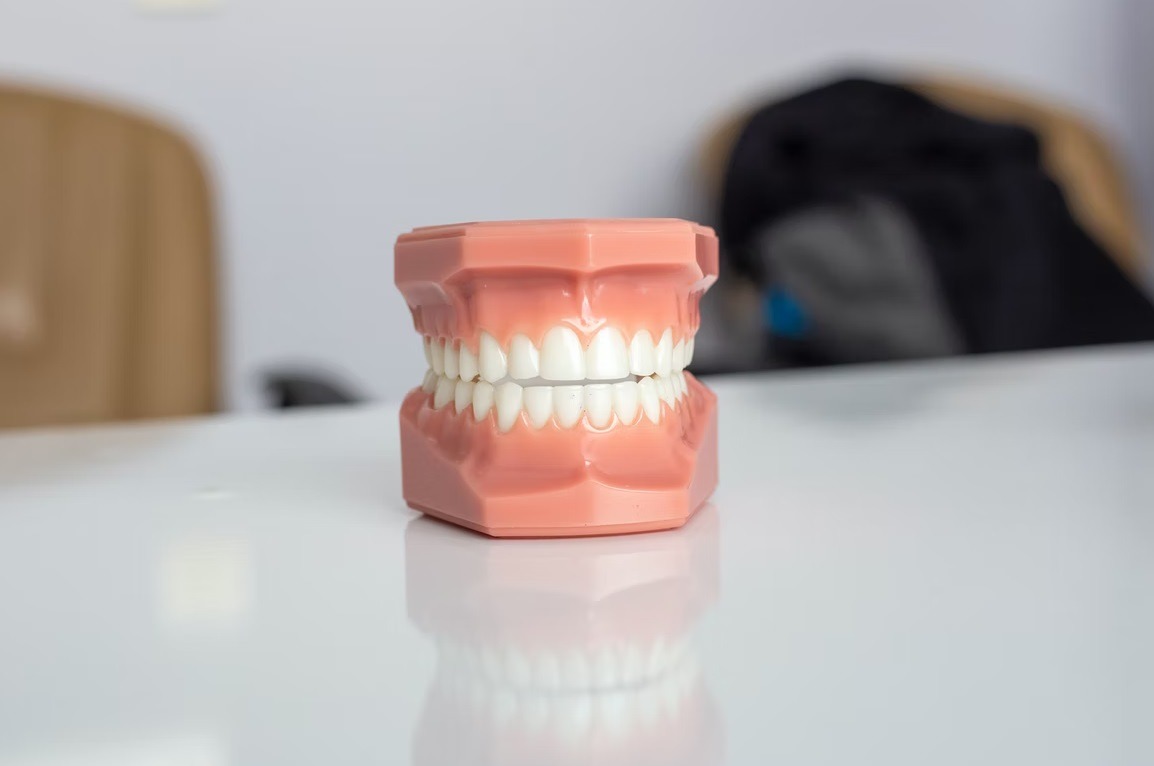The demand for cosmetic products continues to rise. One area that has witnessed exceptional growth is teeth whitening. All you need to do is scroll through popular social media sites to see an entire market working to capitalize on people’s insecurities.
Improving your appearance and boosting your self-confidence are not negative things. Most people enjoy red wine or back coffee and have attempted to buy at-home teeth whitening products. However, they usually fail. This failure has to do with how easy it is to get overwhelmed while looking at all the options.
Now, you can find out everything you need to know about teeth whitening. Once you are finished with this article, you will know where it is worth it to put your money.
What Causes Tooth Discoloration?
The American Dental Association has categorized tooth discoloration into two groups. First, you may have intrinsic stains. These can result from the aging process, the use of antibiotics during childhood, or genetic disorders. Second, you may have extrinsic stains. These stains likely led you to the drugstore on a quest for teeth whitening products. They result from lifestyle habits, like consuming heavily pigmented beverages and food or smoking cigarettes.
The most common ingredients in teeth whitening products are hydrogen peroxide and carbamide peroxide. They bleach the teeth as they penetrate the enamel to remove discolored molecules.
Do Teeth Whitening Strips Work?
Teeth whitening strips win the prize for being the most popular at-home teeth whitening product. Dental professionals often recommend them for at-home use. Since they have been around for such a long time, they have a proven track record that makes people trust their use.
Another reason whitening strips are so popular is that they stay on the teeth. To get results, it’s all about the amount of time the whitening product stays in contact with the enamel.
Most people need to use whitening strips for one to three weeks to see results. In comparison to professional whitening treatments, the process is more drawn out. This is because there is not as much peroxide in an over-the-counter product.
One downside of teeth whitening strips is that the results may be uneven if you cannot line the strips up correctly. You may not get a uniform bleach if your teeth are crowded.
This option is great if you want results but don’t want to shell out for a professional treatment.
What Is the Best Use of Whitening Pens?
Teeth whitening pens are another product that has years of use behind them. They have received a lot of attention from influencers and celebrities.
Whitening pens are generally suited for maintenance instead of initial bleaching. In this situation, they are practical and convenient.
Are LED Whitening Kits Worth It?
Influencers and celebrities are constantly pushing LED teeth whitening kits on social media. Their videos can be entertaining because of the way the LED light awkwardly sticks out of their mouth while doing its work.
LED whitening kits have been designed to mimic the technology cosmetic dentists use with LED lights when activating whitening gel. The quick nature of this treatment and the fact that it costs about $100 makes it a popular option. After just 10 minutes, the teeth have been whitened.
Knowing a few caveats before buying an LED whitening kit is essential. For one thing, the concentration of peroxide is not as intense as professional teeth whitening treatments. Also, saliva builds up during the treatment, removing the peroxide and making it even less effective.
Does Activated Charcoal Whiten the Teeth?
Walking down the personal hygiene aisle of a grocery store allows you to see the variety of charcoal-based toothbrushes, mouthwashes, toothpaste, and powders available. Many of these products are marketed as “natural” teeth whiteners. Product manufacturers claim that stains and plaque are naturally absorbed with activated charcoal. However, there is no evidence or concrete scientific studies to support their claims.
Using charcoal-based toothpaste may be a nice concept, but it can be tricky. Charcoal toothpaste could stain the margins if you have crowns, veneers, dental bonding, or composites. You may need professional treatments to remove those stains. Be skeptical of charcoal-based products. Stick with treatments that use the bleach method since there is proof to back it up.
What About Using Hydrogen Peroxide and Baking Soda?
Mixing baking soda and hydrogen peroxide and using it to brush your teeth is a classic at-home method to whiten the teeth. And for an at-home treatment with inexpensive products available in grocery stores, it is pretty effective.
If you choose to use this method, don’t do it daily. It would be better to minimize use to about twice a week. Also, make sure your toothbrush has soft bristles to avoid damaging the enamel of your teeth.
Which Option Is Worth Your Money?
If you want the best results, visit your dentist and have a professional treatment performed. Their products are more potent than any you will find over-the-counter.
As for at-home teeth whitening methods, dental strips are the way to go. They are the easiest to use, provide the best results, and are reasonably priced.

